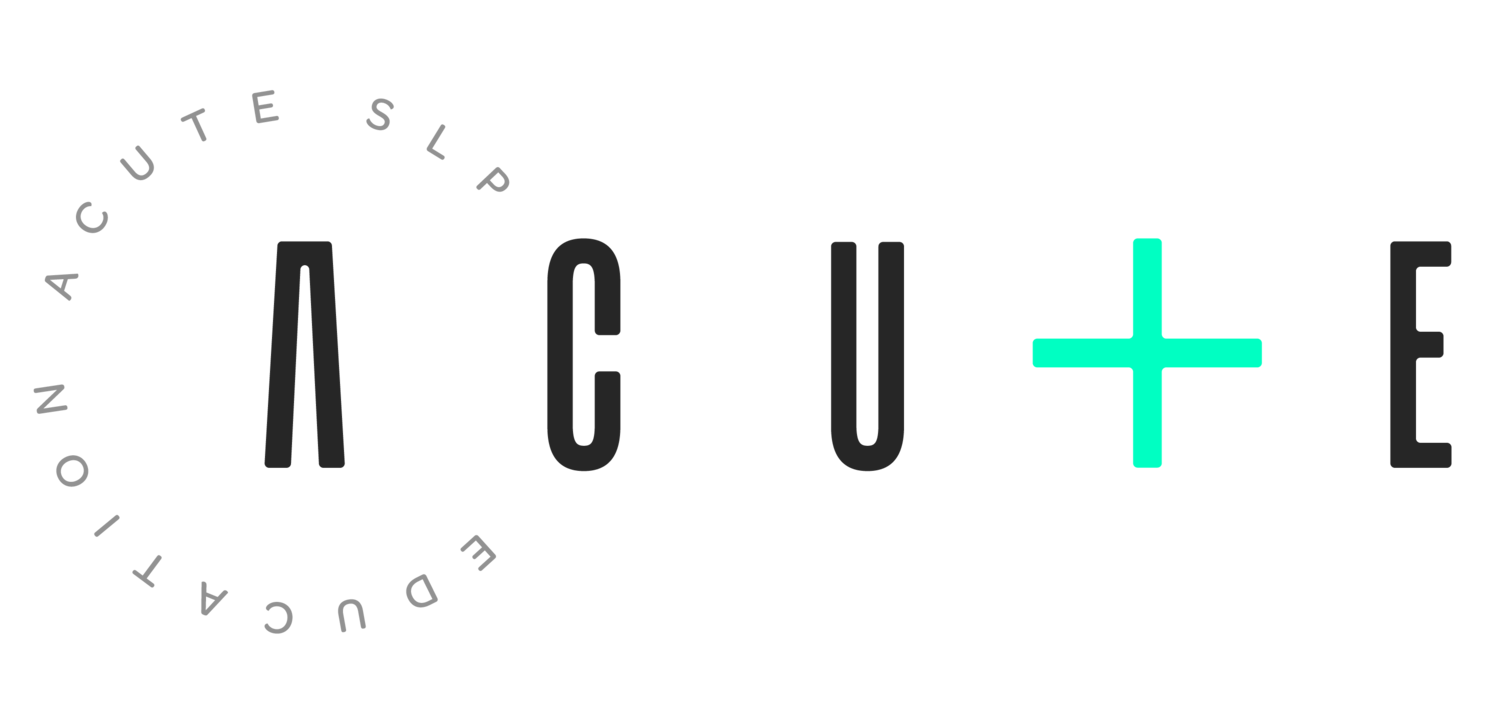ADDITIONAL COURSE INFORMATION:
Course Complexity:
Advanced
This course assumes basic knowledge of swallowing and swallowing disorders, as well as some clinical experience in the management of patients with dysphagia.
Peer Reviewers:
Intensivist + Pulmonologist – Dr. Cynthia Kim, MD
Researcher + Medical SLP – Dr. James Curtis, SLP, BCS-S
Learner Objectives:
To list the six components of the airway protection continuum
To describe the shared neural control of cough and swallowingIdentify preferred dysphagia diagnostic methods for special populations based on possible or probable dysphagia pathogenesis
To describe cough airflow values predictive of swallow safety impairment and pneumonia
To explain the anatomy and physiology of the cough, including its three discrete phases
To describe the goals and rationale for cough assessment, including cough reflex, urge-to-cough, auditory-perceptual features, peak expiratory flow rate, and maximum expiratory pressure
To explain how to incorporate principles of exercise science and neuroplasticity into treatment for dystussia
To describe the difference between strength vs. skill training for cough rehabilitation
To list two methods of compensation for impaired cough
Course Agenda:
Introduction: 0-9 mins (9 min duration)
Airway Protection Spectrum: 9-23 mins (14 min duration)
Airway Protection: Anatomy + Physiology: 23-37 mins (14 min duration)
Cough Classifications + Phases of Cough: 37-41 mins (4 min duration)
Cough Assessment: 41-87 mins (46 min duration)
Dystussia Management: 87-119 mins (32 min duration)
Clinical Implications: 119-141 mins (22 min duration)
Total time: 141 minutes (2.35 hours)
Speaker Information:
Kelsey Day, MS, SLP, BCS-S is an acute care Speech-Language Pathologist (SLP) and Board-Certified Specialist in Swallowing and Swallowing Disorders who specializes in dysphagia management for the medically complex, critically ill, and tracheostomy dependent populations. She currently serves as the Lead SLP in a trauma and stroke center in downtown Los Angeles, where she supervises a team of acute care SLPs and supervises graduate student clinicians and Clinical Fellows. She is a guest lecturer at several graduate-level SLP programs, visiting faculty at university hospital systems, and invited international keynote speaker.
Zeina Seikaly, MS, SLP is an SLP specializing in dysphagia and dystussia management in the critical care setting. She received her BA from the University of San Francisco and her MS from Teachers College, Columbia University. She completed her Clinical Fellowship at the Upper Airway Dysfunction Laboratory at Teachers College, Columbia University, where she facilitated clinical research initiatives for individuals with movement disorders. She has coauthored several peer-reviewed publications and presentations at the local and national levels. Currently, Zeina works in the acute care setting in a designated stroke center and adult trauma level 1 hospital in downtown Los Angeles.
Speaker Disclosures:
Kelsey Day, MS, SLP, BCS-S
Financial Disclosures:
Salary from California Hospital Medical Center
Ownership of Acute SLP Education, LLC, which operates this website and collects tuitions
Non-Financial Disclosures:
None
Zenia Seikaly, MS, SLP
Financial Disclosures:
Salary from California Hospital Medical Center
Independent Contractor for Acute SLP Education, LLC
Non-Financial Disclosures:
Prior employment at the Laboratory for the Study of Upper Airway Dysfunction
FAQs:
Can I earn continuing education credit for this webinar?
Yes, this course is offered for Professional Development Hours (PDHs) – formerly known as Certification Maintenance Hours (CMHs).
ASHA Certification Maintenance Standards require that all certificate holders (CCC-SLP) must accumulate 30 professional development hours (PDHs) [formerly certification maintenance hours (CMHs)] during each 3-year certification maintenance interval in order to maintain their ASHA Certificates of Clinical Competence (CCC).
For additional information regarding PDHs and requirements for professional development during your 3-year maintenance interval for ASHA, please visit https://www.asha.org/certification/factdef/ and see the below cited references.
American Speech-Language-Hearing Association. (n.d.). Professional development activities. Professional Development Activities. Retrieved March 2, 2022, from https://www.asha.org/certification/factdef/
American Speech-Language-Hearing Association. (n.d.). Professional Development for Certification. for Certification. Retrieved March 2, 2022, from https://www.asha.org/certification/profdevelopment/
American Speech-Language-Hearing Association. (n.d.). Requirements for maintaining your asha certification. Requirements for Maintaining Your ASHA Certification. Retrieved March 2, 2022, from https://www.asha.org/certification/maintain-ccc/
For whom is this webinar appropriate?
This course is appropriate for any medical Speech-Language Pathologist practicing in the area of dysphagia and dystussia management. This course is tailored toward dysphagia and dystussia diagnostics and management in the acute care setting, though information is also applicable to SLPs in post-acute settings. This course is also appropriate for current graduate students in Speech-Language Pathology who have completed introductory coursework in dysphagia and neuroanatomy/neurophysiology and who plan to work in medical settings.


